Donation Letter Samples
-
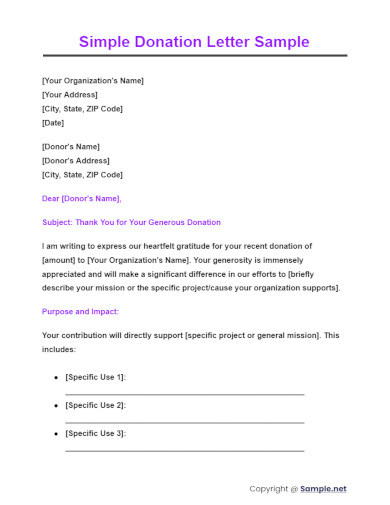
Simple Donation Letter Sample
download now -
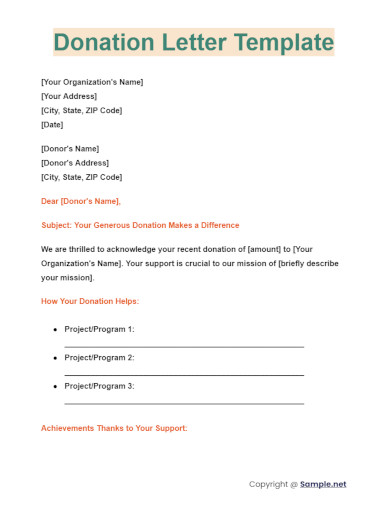
Donation Letter Template
download now -
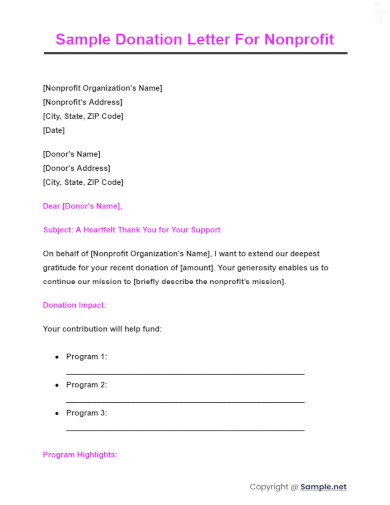
Sample Donation Letter For Nonprofit
download now -
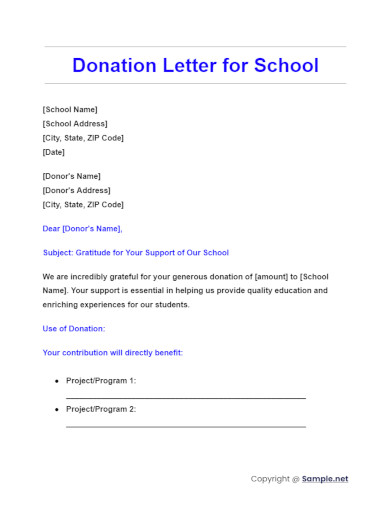
Donation Letter for School
download now -
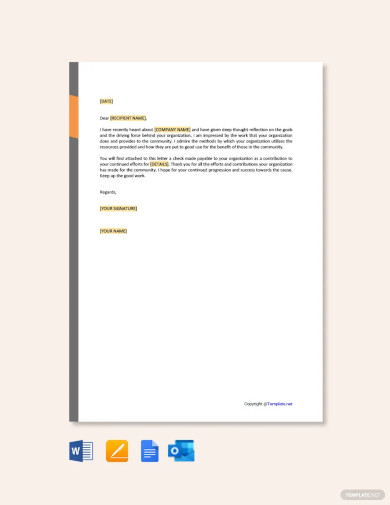
Giving Donation Letter Template
download now -
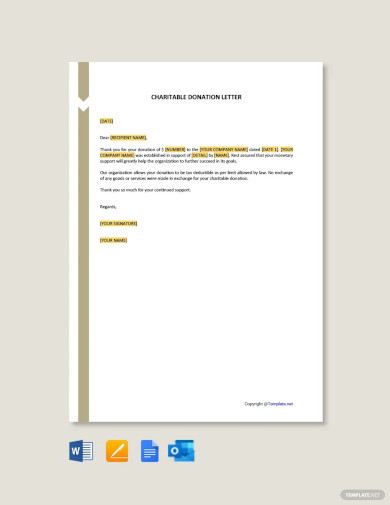
Charitable Donation Letter Template
download now -
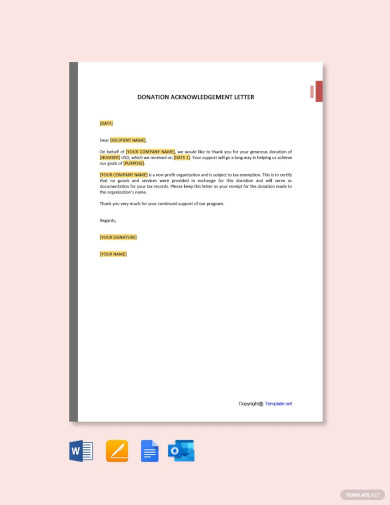
Donation Acknowledgement Letter Sample Template
download now -
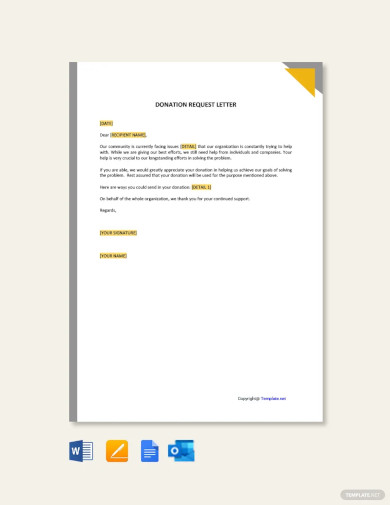
Donation Request Letter Format Template
download now -

Donation Acknowledgement Letter Template
download now -
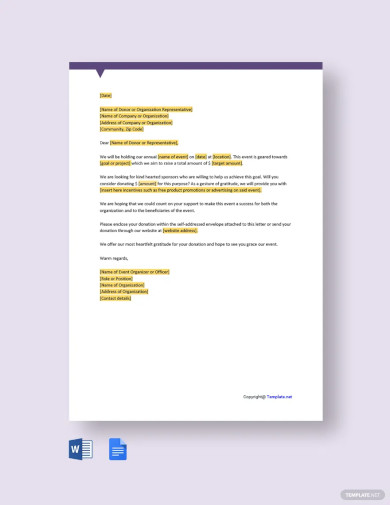
Sample Donation Request Letter for Non-Profit Template
download now -

Printable Donation Request Letter Template
download now -
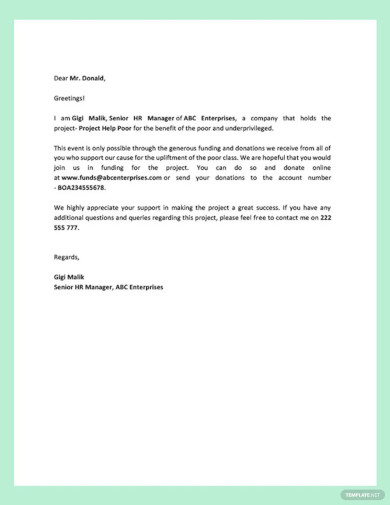
Editable Donation Request Letter Template
download now -
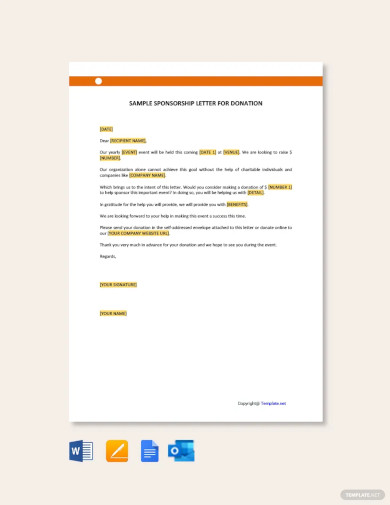
Sample Sponsorship Letter for Donation Template
download now -
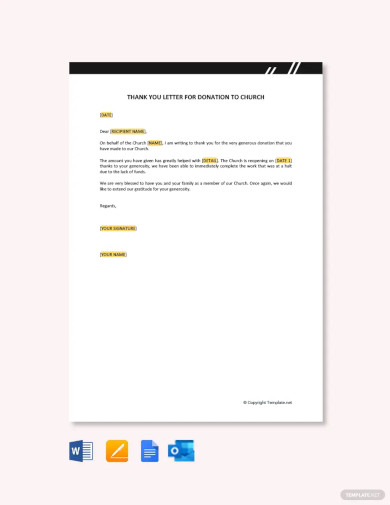
Thank You Letter for Donation to Church Template
download now -
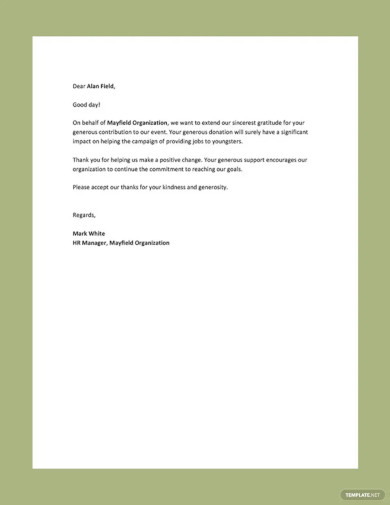
Thank You Letter for Donation Template
download now -
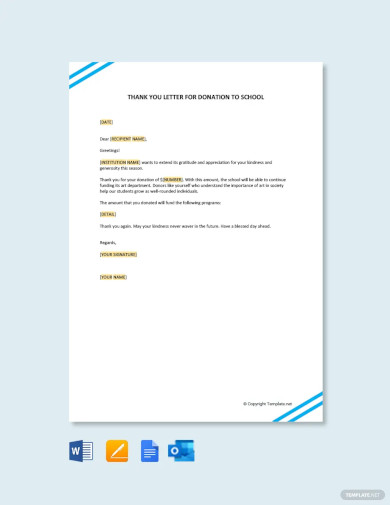
Thank You Letter For Donation To School Template
download now -

Thank You Letter for Donation of Money Template
download now -

Thank You Letter for Donation of Goods Template
download now -
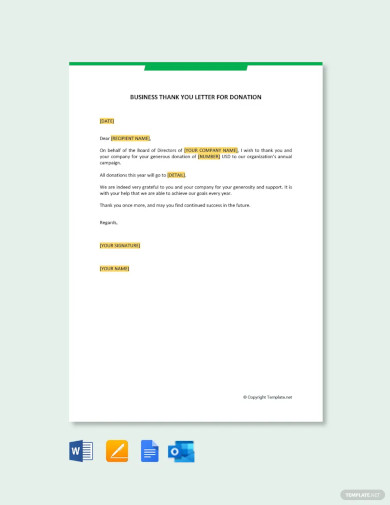
Business Thank You Letter for Donation Template
download now -
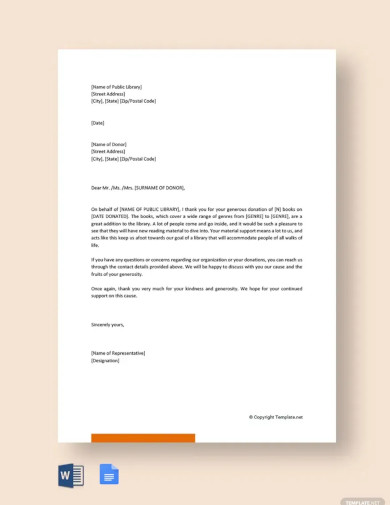
Acknowledgment Letter for Book Donation Template
download now -
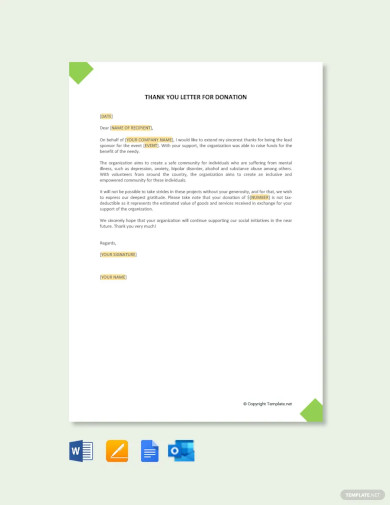
Thank You Letter for Sponsorship Donation Template
download now -
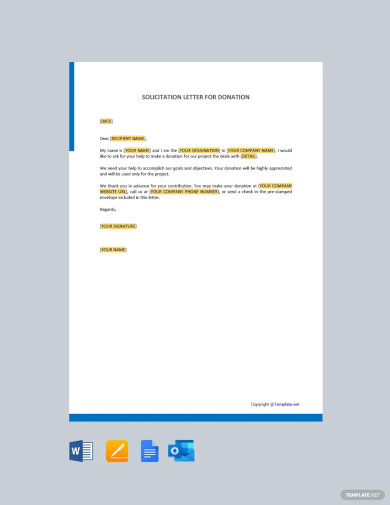
Solicitation Letter for Donations Template
download now -
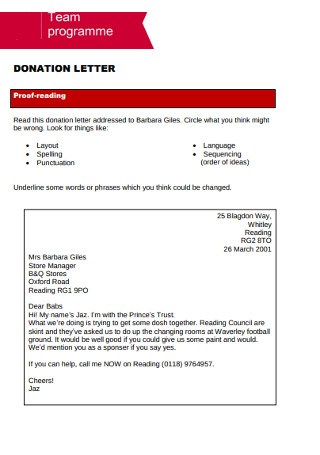
Team Non Profit Donation Letter
download now -
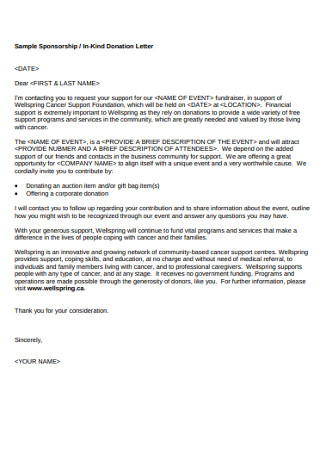
Sample Sponsorship Fundraising Donation Letter
download now -
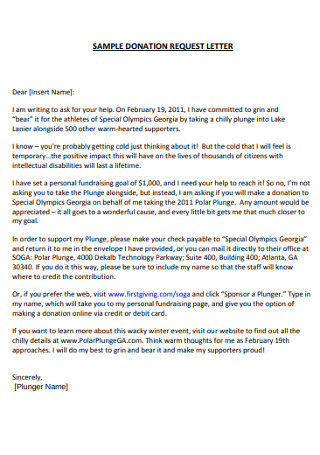
Sample Donation Charity Request Letter
download now -
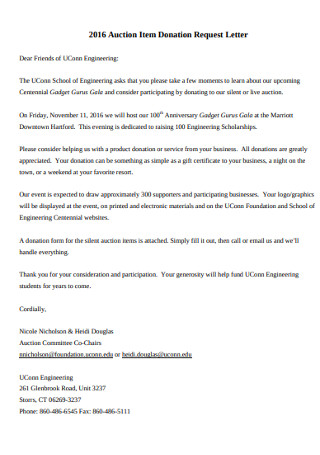
Auction Item Church Donation Request Letter
download now -

Sample Donation and Email Thank You Letter
download now -
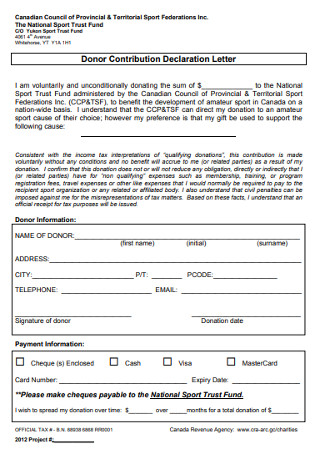
Money Donor Contribution Declaration Letter
download now -
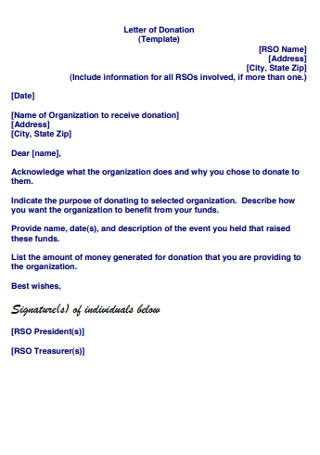
Financial Support Letter of Donation
download now -
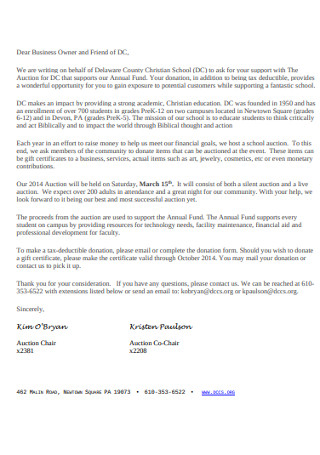
Business Event Donation Letter
download now -
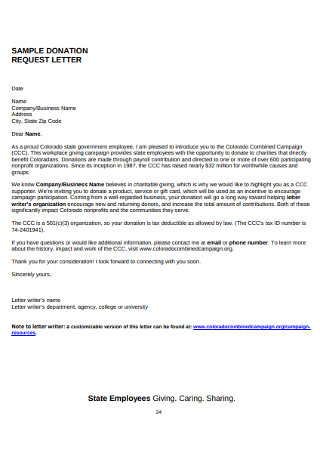
Sample Employees Donation Gift Request Letter
download now -
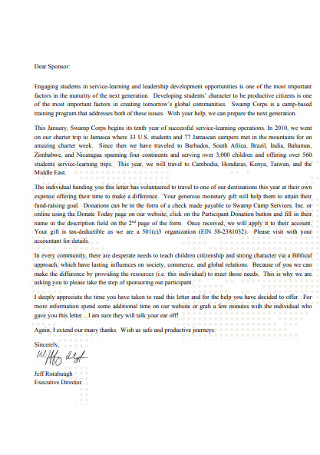
Participant Organization Donation Letter
download now -
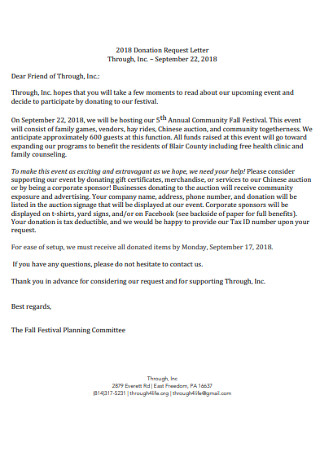
Festival Sport Donation Letter
download now -
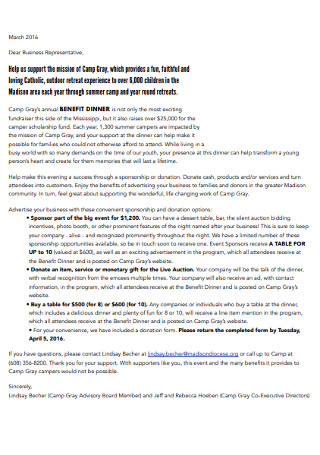
Sample Dinner Solicitation Donation Letter
download now -
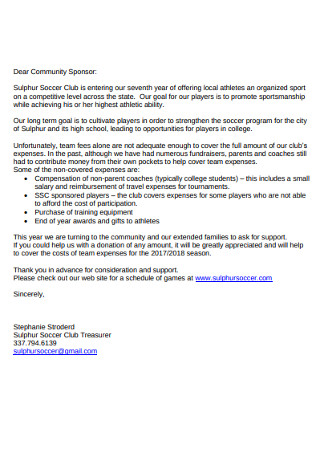
Sponsor Food Donation Letter
download now -

Appreciation Donation Letter
download now -
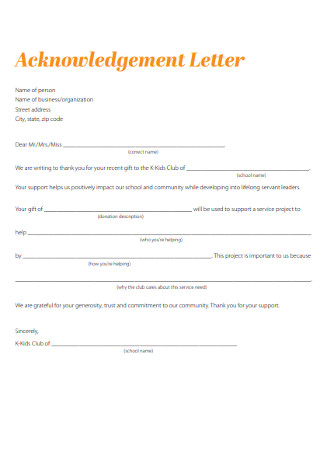
Generic Donation Acknowledgement Letter
download now -

Football Donation and Sponsorship Letters
download now -
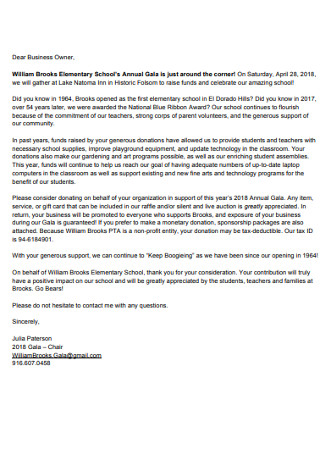
Charitable Donation Business Owner Donation Letter
download now -
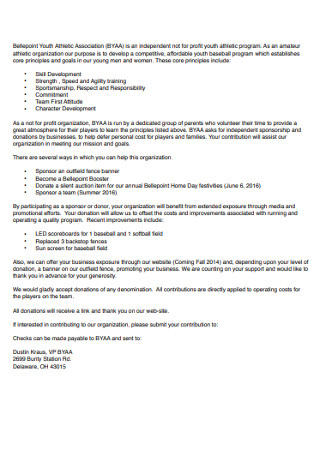
Financial Assistance Donation Letter
download now -

Donation Introduction Letter Form
download now -
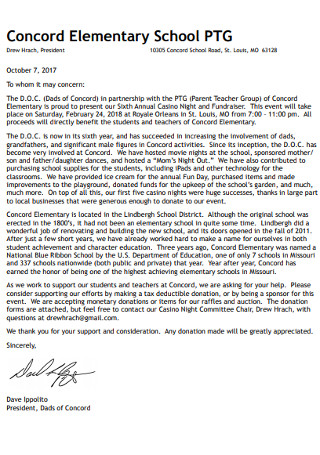
Elementary School Personal Donation Letter
download now -
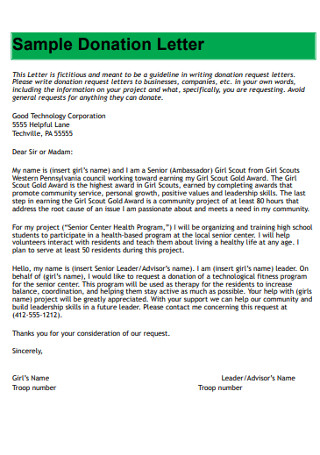
Sample Donation Receipt Letter Example
download now -
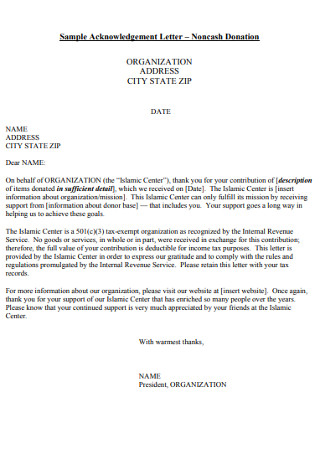
Sample Donation Acknowledgement Letter
download now -

Basic Medical Donation Letter
download now -
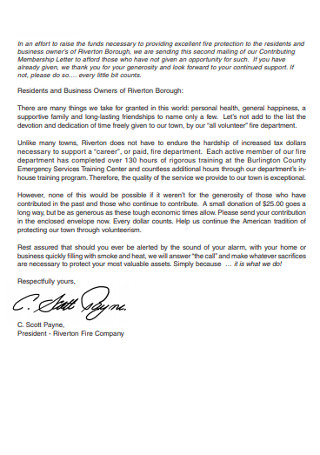
Sample Company Donation Letter
download now -
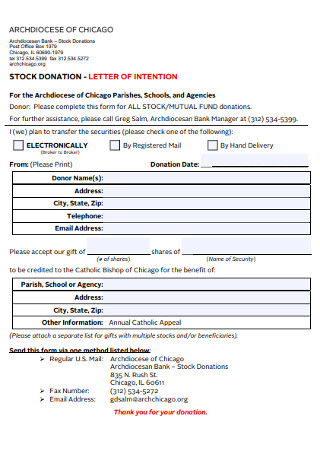
Stock Donation Letter of Intention
download now -
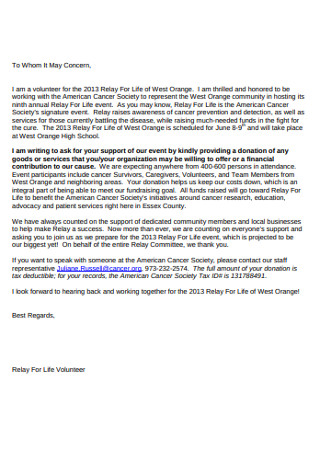
Sample Goods Donation Letter
download now -
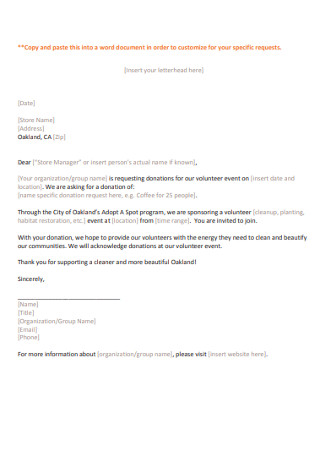
Donations for Volunteer Letter
download now -
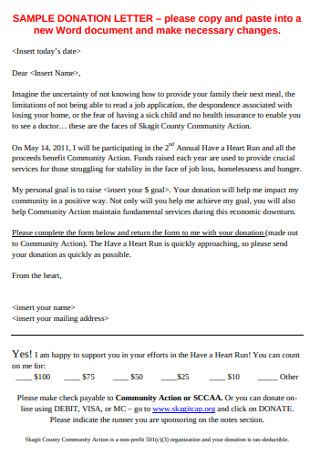
Standard Donation Letter
download now -
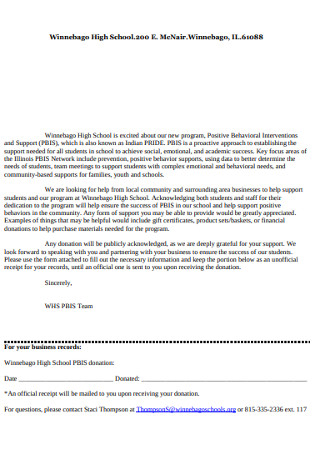
High School Donation Letter
download now -
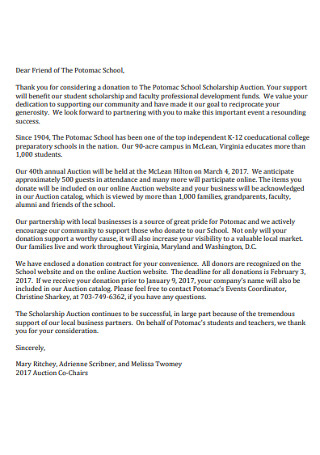
Sample Auction Donation Letter
download now -
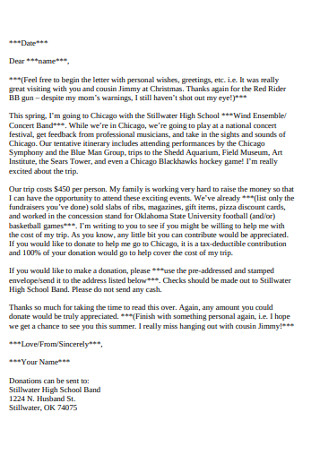
School Band Donation Letter
download now -

Donation Respond Letter
download now -
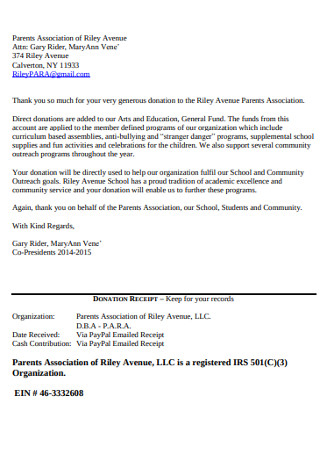
Parents Association Donation Letter
download now -

Sample Volunteer Recruitment Donation Letter
download now -
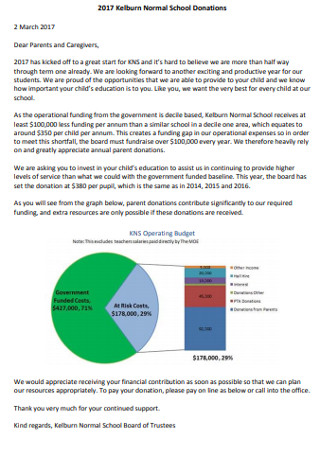
Normal School Donations Letter
download now -
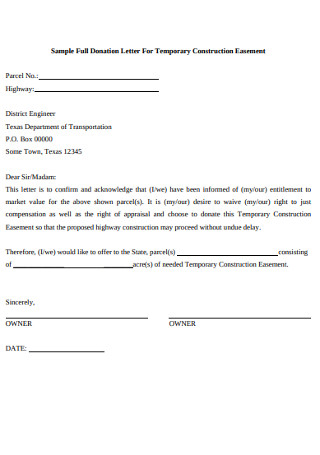
Sample Full Donation Letter For Temporary Construction Easement
download now -
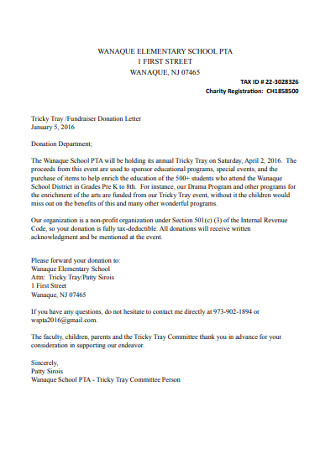
Sample Fundraiser Donation Letter
download now -
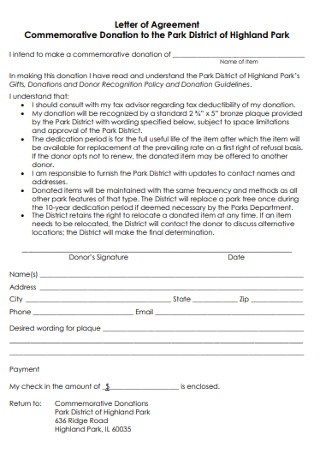
Donation Letter of Agreement
download now -

Material Donation Letter
download now -
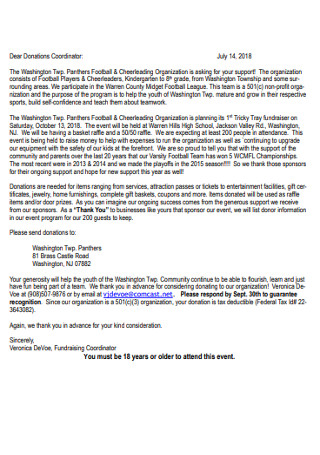
Coordinator Donation Letter
download now -
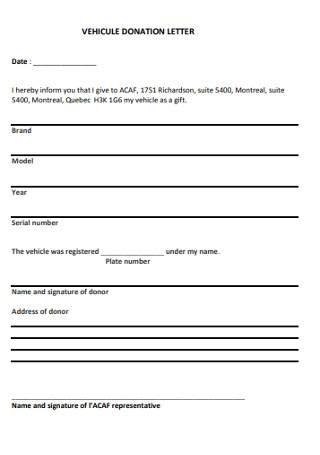
Vehicle Donation Letter
download now -

Playground Donation Letter
download now -
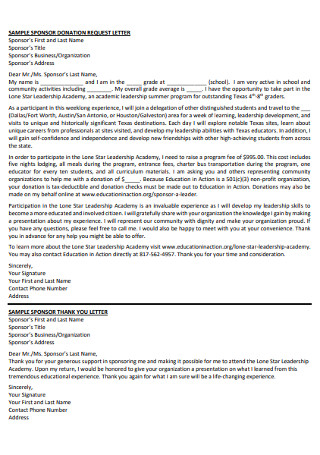
Sample Sponsor Donation Request Letter
download now -
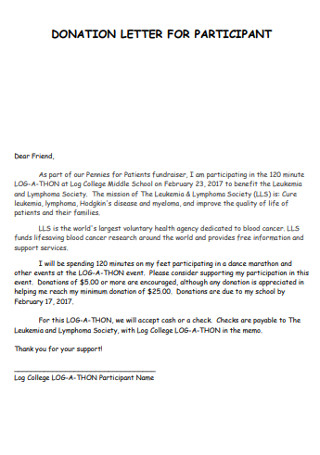
Donation Letter for Participant
download now -
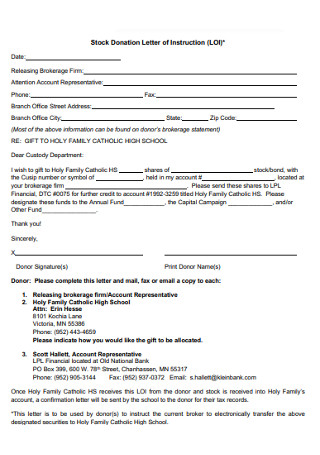
Stock Donation Letter of Instruction
download now -
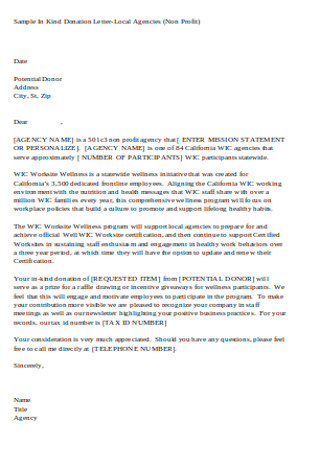
Local Agencies Donation Letter
download now -
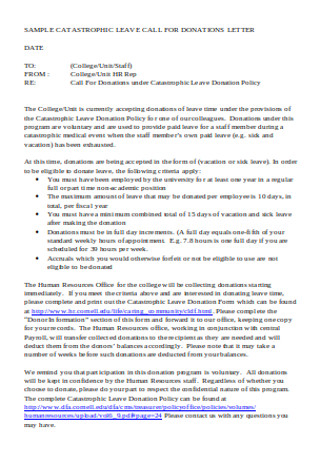
Leave Call for Donation Letter
download now
FREE Donation Letter s to Download
Donation Letter Format
Donation Letter Samples
What Is a Donation Letter and Why Is it Important?
Demand for Donation Letters
What Motivates Giving?
Boost the Odds of Giving
How Does One Create a Compelling Donation Letter?
How do I write a donation letter?
What do you write when giving money as a donation?
How do you write an in-kind donation letter?
How do I write a script for donations?
How do you write a charitable donation?
How to politely ask for donations?
What is a proof of donation letter?
What is a good message for a donation?
What do you write on a donation envelope?
What is a donor statement?
How to ask for donations instead of gifts?
How do you say donate in a nice way?
Download Donation Letter Bundle
Donation Letter Format
[Your Organization’s Name]
[Your Address]
[City, State, ZIP Code]
[Date]
[Donor’s Name]
[Donor’s Address]
[City, State, ZIP Code]
Dear [Donor’s Name],
Subject: Acknowledgment of Your Generous Donation
We are immensely grateful for your generous donation of [amount] to [Your Organization’s Name]. Your support plays a crucial role in helping us achieve our mission of [briefly describe your mission or the specific cause your organization supports].
Purpose of Donation:
- [Describe how the donation will be used]
- [Provide specific examples if possible]
Impact of Your Contribution:
- [Impact 1]
- [Impact 2]
- [Impact 3]
Your kindness and support are truly appreciated. We value your partnership and look forward to updating you on the progress of our initiatives made possible by your contribution.
Tax Information: Please keep this letter as an acknowledgment of your donation for tax purposes. [Your Organization’s Name] is a registered 501(c)(3) organization, and your donation is tax-deductible to the fullest extent allowed by law.
Thank You: Once again, thank you for your generosity. Together, we are making a significant difference.
Sincerely,
[Your Name]
[Your Title]
[Your Contact Information]
What Is a Donation Letter and Why Is it Important?
A Donation Letter is a written request for financial support, typically sent to potential donors to solicit funds for a specific cause, project, or organization. These letters detail the purpose of the donation, explain the impact of the support, and provide instructions on how to contribute. Whether used by nonprofits, schools, or individuals, Donation Request Letters are essential for effective fundraising. They serve as a formal and personal way to reach out to supporters and encourage their generosity.
As it is already an established organization, it is relatively easy for them to collect donations to fund their operations. But, for smaller-scale charitable organizations, donation letters are needed to extend the network and inform people of their advocacies. Besides, sending out letters is a formal way of introducing and asking for help in forms of donation to advocate collective action to achieve a common smart goal. The essence of donation letters is still relevant, despite the declining use of letters in everyday business transactions. Digital developments and advancements allowed easier dissemination of information through the internet. As a matter of fact, non-profit organizations took advantage of this platform to reach a wider audience. This development made online transactions for donations possible. People around the world can choose to support charity overseas. Consequently, the contents of a traditional donation letter are scattered all over the organization’s online platform; it serves a similar purpose as sales pitches to convince people to invest in a particular cause.
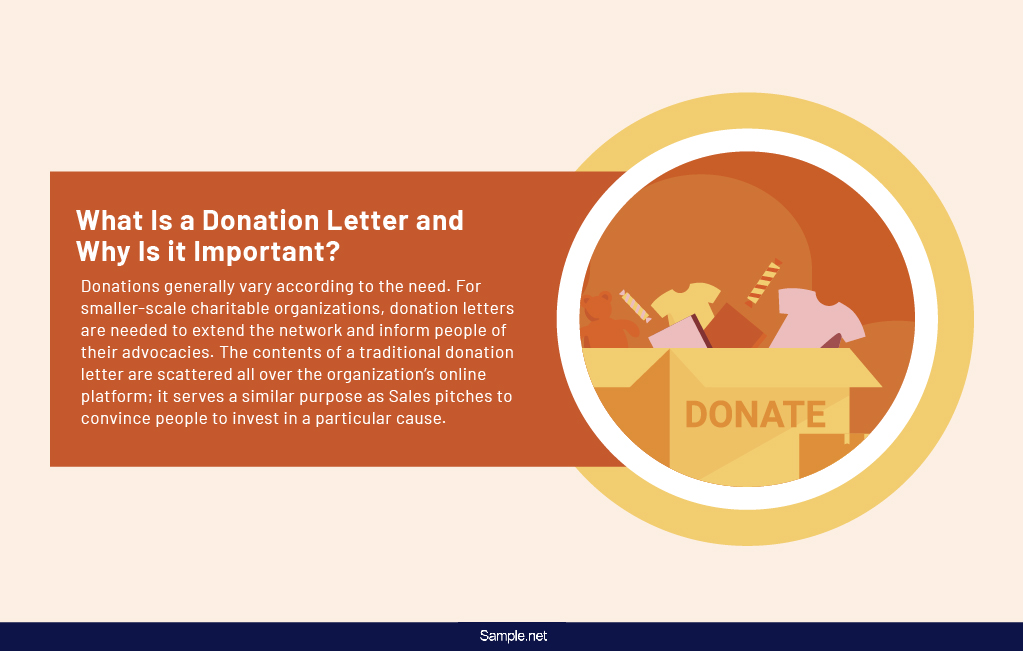
Demand for Donation Letters
Donations are also called as gifts in kind. These gifts go beyond physical goods such as money and food. Volunteerism is also a donation of time and service. The needs of a charitable organization depend on the issue that they advocate. Thus the contents of the formal letter vary from one organization to another. The letter needs to be straightforward in presenting what it needs and how it can impact the cause that they are supporting.
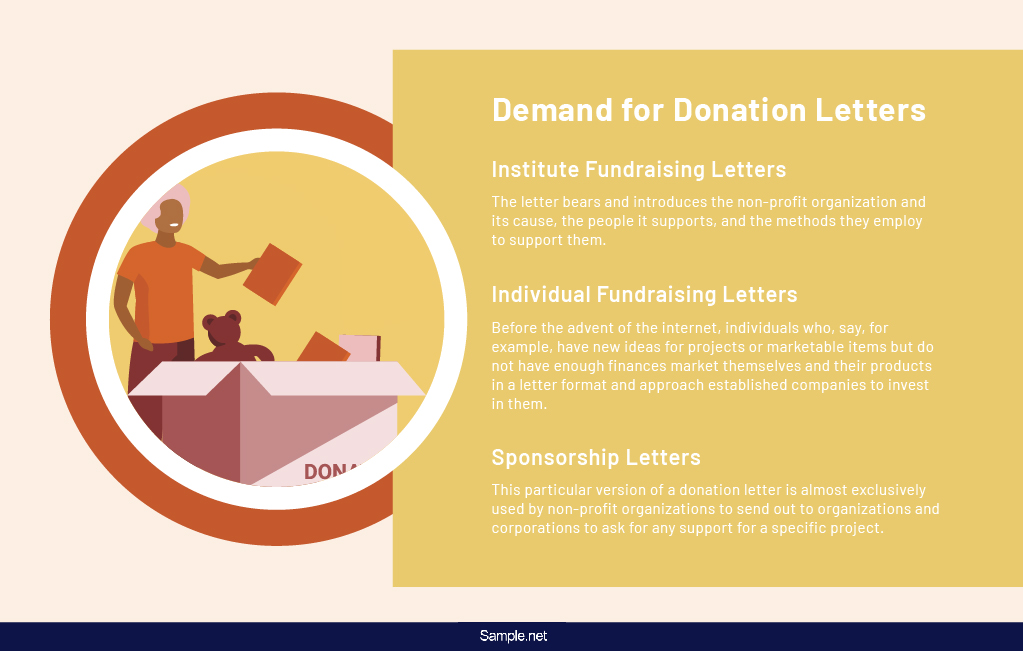
What Motivates Giving?
Non-profit entities rely on the revenue’s surplus, thus, not disturbing the natural cycle of the market. It relies on donations and funding from billionaire philanthropists who made it their lives’ mission to give back a portion of their fortune to advocacies and causes. Up to date, Bill and Melinda Gates are the world’s most charitable people because of their donations to several causes that mainly uplift the general living condition of the people—mostly focusing on health, education, and income. Similarly, people nowadays are more charitable because of several factors. One main reason is altruism. They are giving for the sake of giving, without the thought of asking something in return. Although there are several rebuttals to the concept of perfect altruism, people choose to believe that they give because they genuinely want to. On a similar note, the feeling or the glow after donating is another reinforcing factor why people donate.
Another reason for donating to charities and foundations is because they treat the entity as an extension of their personal identity. People who donate to organizations that protect children in conflict areas choose to identify themselves as protectors of these children, as well. It works the same way for corporations too. Businesses who partner with organizations that protect children in conflict areas are seen to be guardians and protectors of these children too. In the eyes of the consumers, these corporations have a human touch and not overcome by the system of capitalism. And this is precisely the image that companies try to emulate to rake in more consumers. Modern consumers are beginning to be more careful about choosing companies to patronize. Aside from producing quality products and services, they are also more concerned with the concern of the corporation with present pressing societal and environmental issues.
Boost the Odds of Giving
American households are presently more charitable as compared to ten years before. People are more aware of issues around their locality and are on the lookout for organizations that carry similar advocacies. With this increase, more non-profits are on the lookout for more partners and donors. The best way to exponentially increase network is to figure out the most effective way of reaching out to a target. Determine their preferred means of acquiring information and take advantage of it. As of 2017, the majority of the population falls between the ages 15-64 years old. The considerable gap means that these people are shaped differently by culture and society.
Millennials: The Natives of the Digital Age
The millennials grew up with the developments of the internet. They were the first ones who needed little or no guidance to find their way and manipulate digital developments. These developments paved the way for global changes in terms of communication and business transactions. Modern business transactions and dealings are now through the internet. The development of online retail store applications is a result of the millennial population’s reliance on the internet to get things done. Similarly, almost everything is going online. Charities and non-profit entities entered online marketing strategies. They developed apps and keep updated websites to reach out to this particular age group. As a result, digital versions of donation letters are also sent online to reach more audiences within a broader geographical scope.
Baby Boomers: Advocators of Print Media
Baby boomers are identified as those who were born between the 1940s and 1960s. The term of the cohort was coined because of the significant increase in the population for the better quality and stability of living conditions. The second world war has ended, and the reparations were dedicated toward housing and education. And around this period, marketing plans and advertising reached its golden age. Advertising agencies developed methods to effectively reach out to their audience by utilizing different methods through different devices. At that time, print media was at its peak. Radio and television marketing was following suit. At present, these methods are still highly effective for reaching out to this target demographic. Their willingness to read the fine print about certain advocacy or to listen about it on television is higher than their willingness to follow steps and read through a website, which is something foreign to them. Remember to adjust to your audiences’ needs.
How Does One Create a Compelling Donation Letter?
In a study by DellaVigna, List, and Mallmendier came up with a conclusion that is, donating behavior has two possible reasons. One is that the person enjoys giving and supports the cause, thus motivated by altruism. On the other hand, giving is also subject to social pressure. As much as possible, we do not want to receive donations that are made out of stress and fear of public judgment. So, to eliminate or lessen the pressure, the donation letters should come out as neutral and natural as possible. Here are some steps on how to write a compelling donation letter without placing external pressure on the recipient.
Step 1: Create a Personal Connection
Donation letters are intended to support humanitarian needs and reasons. It appeals to people to help other people. A strong start to a donation letter is by addressing the recipient personally. Address the name, instead of using the position or a blanket statement. And to immediately hook in the readers to finish reading the letter and eventually donate something, it is best to create a personal and intimate connection. To tug the emotions of the readers. One standard way of starting a donation letter is a short recollection of a benefactor of the organization, on how the donations improved their way of life. Similar stories create an impression in the mind of the reader that their eventual donation can leave the same effect to another benefactor. Moreover, this opening makes the letter more memorable and can possibly come up in friendly conversations with friends, who can also be possible donors. You should also take a look at our Excuse Letter
Step 2: Establish Credibility
After an interesting start, formally introduce the organization together with its mission and vision. Non-profit entities and charities thrive because of the reputation they build throughout the years. A non-profit’s status is based on its trustworthiness, openness, and track record. The public’s notion about them significantly affects the helping behavior of the people. So, you can showcase these factors at the beginning of your letter. For example, you can include a short story of why the organization started. You can also recount notable events in the past that your organization was actively a part of. It also helps if you mention the names of the heads of the organization and some note-worthy partners.
Step 3: Indicate the Specifics of the Request
The following details in line are the specifics of the request, which is the point of the donation letter. Stating the needs of the organization must be clear and straightforward. Also, make sure to create connections as to why there is a need for it to create a clearer picture for the recipient. An example is that if you are requesting specific monetary amounts, include a reason why. May it be because of a recent calamity that left the victims homeless and unemployed. Or it could be a request for volunteers who can help in repacking goods for calamity survivors. Indicating reasons increases the probability of donating because the donors have a clear picture as to where their donations will go. You should also take a look at our Authorization Letter
Step 4: Explain the Impact of the Donation
Aside from including the reasons, as mentioned in the previous step, it is also crucial to include more feasible statements concerning the impact of the donation to the benefactors of the organization. At this point, it creates a more personal and direct connection. The impact singles out the effect of one donation to one benefactor. Knowing the immediate impact of the contribution increases the reinforces the act to donate or volunteer for the cause. Indicating this piece of information can be as simple as, “Your donation can immediately provide a food basket for a family this holiday season.” Similar statements to this one can assure the recipient of their donation’s purpose. You should also take a look at our To Whom It May Concern Letter & Email
Step 5: Attach Additional Advertising Materials
After stating the purpose of the organization and of the letter, you can end the letter by stipulating the methods on how to donate. Include pieces of information regarding how to contact the organization, and the people to ask for. Also, do not forget to include if there are online methods of donating, especially concerning money. After that, you can end the letter on a high note by expressing immense gratitude. You can also choose to challenge the donor by inviting friends and family to donate for the same advocacy or other causes that are close to their hearts. Finally, attaching formal brochures and formal flyers are also essential to provide more in-depth information regarding the organization and their current practices.
How do I write a donation letter?
Writing a donation letter involves clear communication, an emotional appeal, and a structured format. Follow these steps for an effective letter:
- Introduction: Start with a warm greeting and introduce your organization or cause. Explain why you are writing and the purpose of the donation request.
- Explain the Need: Clearly describe the need or problem your organization is addressing. Use compelling statistics or stories to illustrate the urgency and importance.
- Specify the Impact: Detail how the donation will be used and the positive impact it will have. Provide specific examples or success stories.
- Call to Action: Encourage the recipient to take action by donating. Provide clear instructions on how to donate and include any necessary details, such as a Confirmation Letter.
- Conclusion: Thank the reader for their time and consideration. Reiterate the importance of their support and express gratitude for any contribution they can make. You should also take a look at our Permission Request Letter
What do you write when giving money as a donation?
When giving money as a donation, it’s essential to be clear, respectful, and heartfelt. Follow these guidelines:
- Opening Statement: Start with a respectful greeting and introduce yourself or your organization.
- State the Purpose: Clearly state that you are making a donation and the amount you are donating.
- Personal Connection: Explain why you are donating, sharing any personal connection to the cause if applicable.
- Request for Receipt: Politely request a Donation Receipt for your records.
- Closing Remarks: Express gratitude for the opportunity to support the cause and include any well-wishes.
How do you write an in-kind donation letter?
An in-kind donation letter requests non-monetary contributions such as goods or services. Use these steps:
- Introduction: Introduce your organization and the purpose of the letter.
- Detail the Need: Clearly outline what in-kind donations you are seeking and why they are needed. You should also take a look at our Apology Letter
- Explain the Benefits: Describe how the in-kind donations will benefit your cause and the community.
- Donation Instructions: Provide specific details on how to donate the items, including contact information and delivery instructions.
- Gratitude and Recognition: Thank the donor for their consideration and explain how their contribution will be acknowledged, such as in Donation Log.
How do I write a script for donations?

A donation script is used for phone calls or in-person solicitations. Here’s how to craft an effective script:
- Greeting: Start with a polite greeting and introduce yourself and your organization.
- Mission Statement: Briefly explain your organization’s mission and the purpose of the call.
- Present the Need: Clearly articulate the need for donations and the impact they will have. You should also take a look at our Board Resolution Letter
- Specific Ask: Make a specific request for a donation, whether it’s a monetary contribution or in-kind support.
- Closing: Thank the potential donor for their time and provide details on how they can donate. Offer to send a Consent Letter or additional information if needed.
How do you write a charitable donation?
Writing a charitable donation involves explaining the purpose and impact of the donation. Follow these steps:
- Introduction: Begin with a respectful greeting and introduce yourself.
- State the Donation: Clearly state the amount or type of donation you are making. You should also take a look at our Explanatory Letter
- Purpose and Impact: Explain how the donation will be used and the positive impact it will have on the cause.
- Request for Documentation: Ask for any necessary documentation, such as Donation and Fundraiser Tracker.
- Conclusion: Express gratitude for the opportunity to contribute and offer to provide further support or information if needed.
How to politely ask for donations?
Politely ask for donations by explaining your cause, showing appreciation, and making a clear, specific request. Include a Letter of Support to provide more context and credibility.
What is a proof of donation letter?
A proof of donation letter confirms receipt of a donation, including donor details, donation amount, and date. It acts as an Explanation Letter for tax purposes and record-keeping.
What is a good message for a donation?
A good donation message should thank the donor, explain the impact of their contribution, and express gratitude. Personalize it with a heartfelt Letter of Appreciation.
What do you write on a donation envelope?
On a donation envelope, write your organization’s name, contact details, donation purpose, and a sincere thank you. This serves as a Petition Letter for support.
What is a donor statement?
A donor statement is a document that summarizes all donations made by a donor over a period, including amounts and dates. It can be part of a Guarantee Letter for transparency.
How to ask for donations instead of gifts?
When asking for donations instead of gifts, explain the cause and its importance, and provide clear instructions on how to donate. Frame it as a Recommendation Letter for your preferred charity.
How do you say donate in a nice way?
Encourage donations by using phrases like “support our cause” or “make a difference today.” Frame it within a Proposal Letter to outline the impact and need.
Donation letters are essential tools in the realm of fundraising, providing a structured way to solicit support and communicate the importance of a cause. This article has explored various sample letters, forms, and their uses, emphasizing their role in successful fundraising campaigns. Effective donation letters, backed by thoughtful Donation Tracker, help organizations and individuals monitor contributions and maintain transparency. By using the insights and examples provided, you can craft compelling donation letters that inspire action and generate the support needed for your cause.


